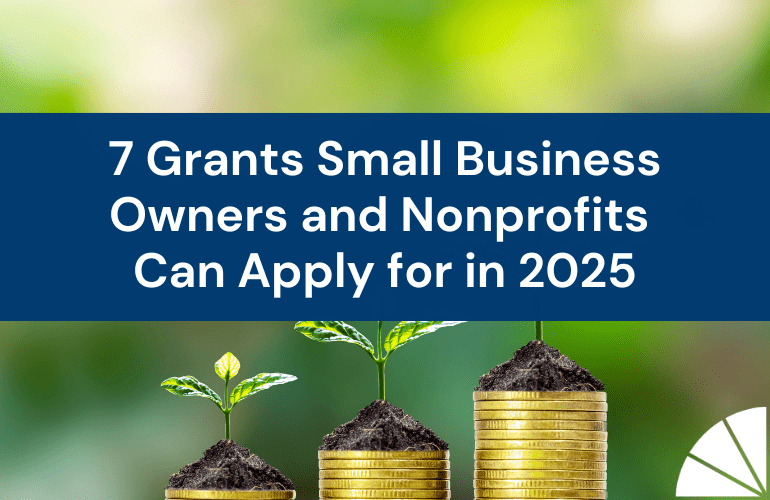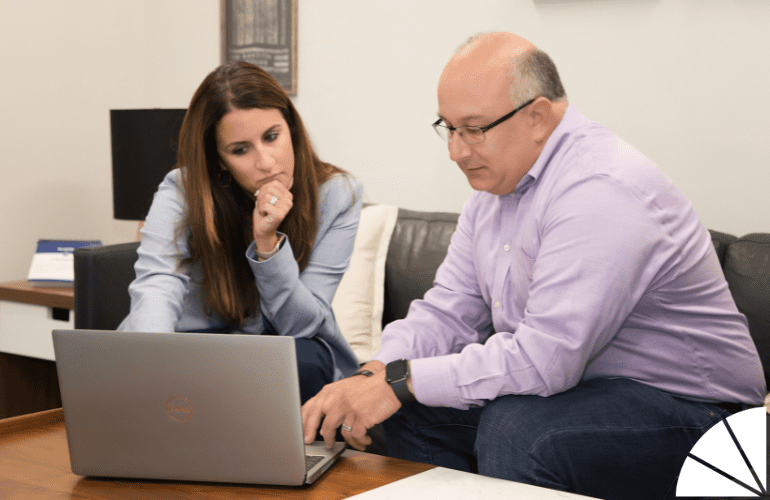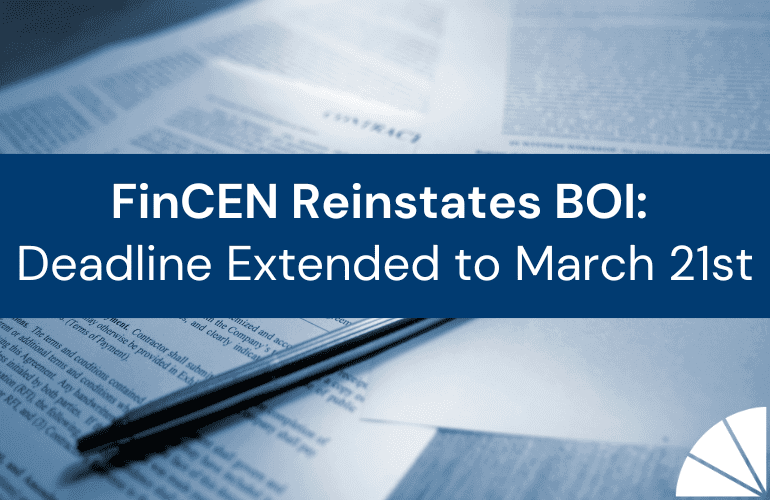
As you find your business growing and expanding the need for capital comes up, and more often than not, you’re in need of cash that you don’t have. It’s estimated that 69% of all businesses have obtained financing of some sort, between bank loans, credit cards, or even venture capital funds. Obtaining these funds is a bit of an art, as many people struggle to get approved for loans. The first step is putting together everything you need.
What do I need to get a small business loan?
Outside of filling out an application for the loan, you should have a package put together to provide to the lender to help them understand not only the purpose of your loan, but what your business does and who you are. This package should at the least contain the following:
Resumes or Professional Bios– You should include a personal resume of yourself and any partners which are part of the business, in addition to any key employees who help run your business. If a lender sees that you’ve got a positive track record, and a capable team backing you up, then it will be a positive reflection on the ability of the business to have future success.
A Business Plan- A detailed business plan is absolute must. Inside this business plan you should have an in-depth description of day to day activities, five years of historical financial statements (if available) including balance sheet, income statements, and cash flows, and a market analysis (see benchmarks below).
Projections – Where do you anticipate your company will be over the course of the next 3 to 5 years? A lender will expect to see realistic expectations of how your balance sheet, income statement and cash flows will change with obtaining this financing and assure that you’ll not only be able to pay them back, but the loan will be going to good use.
Industry Benchmarks– As you build out your projections you should factor in industry benchmarks. These benchmarks will prove that your future profit margins are obtainable, and that you’ve done your homework on what type of growth you can obtain and sustain. In addition, these benchmarks are valuable in showing where you have opportunities to improve and where the business currently performing better than the industry norms.
Income Tax Returns– Your income tax returns will be required to show the validity of your financial statements submitted within your business plan.
Presentation is a very important part of putting this package together. A lender is much more likely to take a look at a neatly put together binder over a mishmash of papers thrown in a box dropped on their desk. Organizing these materials in a neat and orderly way will not only expedite the process, but will also look more professional, credible and reliable to the financing decision makers.
What do I do once I’ve got the package ready?
More simply said than done, the next step is finding the right lender for you. Ideally your first stop should be a lender who you have a pre-existing relationship with at a small local bank. Since more often than not, this isn’t an option, you should turn to professionals such as your CPA or attorney and request an introduction to several lenders they may be familiar with that make sense for you and your business. The size of financing institution matters and you want to make sure you work with a vendor that is a good fit. Receiving an introduction to a lender will create a more personal connection and hopefully result in more flexible terms or requirements.
If you need help obtaining small business financing, contact Frank Storniolo for guidance and support on any of the ideas described in this article, and more.
Written by Michael Abramowitz





